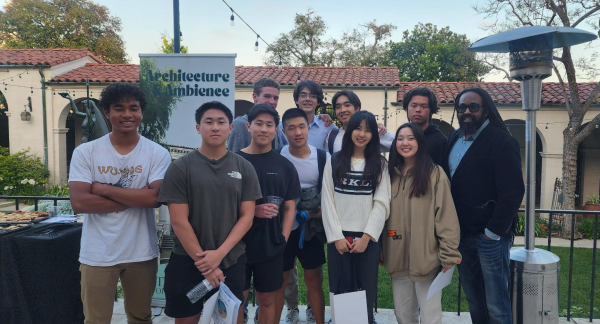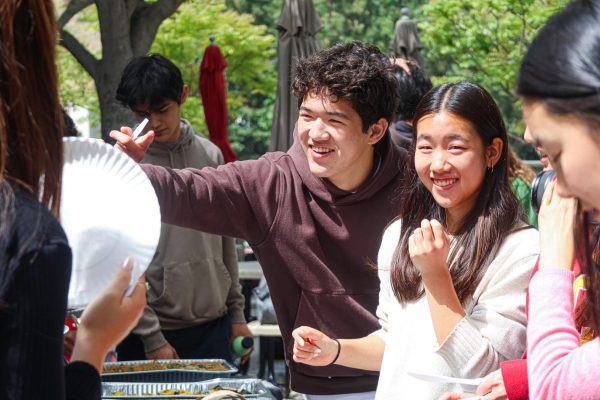Counting ballots, Claire-ified
We cannot afford to maintain a flawed system and lose monumental progress.
November 14, 2022
On Wednesday, Nov. 8, it was election night in America — but that didn’t carry the meaning it once did. Just four years ago, poll workers, pundits and eager citizens stayed up until every race had been called. The presses would already be warm, ready to print results for the next day’s paper. And one crucial certainty would make the suspense and civic effort worthwhile: On Thursday morning, the nation would have elected its next set of leaders.
An occasional blip was not unusual, and years like 2000 saw races tight enough to require a period of limbo. But current ballot-counting troubles will impact the future of our democracy far more than Hanging Chads. After years of casting ballots at the polls, states like California, Nevada and Colorado have shifted toward mail-in voting, sending ballots to the homes of all eligible voters.
California’s former precinct system provided polling locations close to nearly every home in major urban areas like Los Angeles, and voters had to request an absentee ballot if they intended to use one. This absentee system had one central requirement: All ballots had to be received by 8 p.m. on election night.
In 2020, amid a global pandemic that made polling riskier for citizens’ health, California Governor Gavin Newsom issued an executive order to mail ballots to every registered voter and dramatically extended their due date. By the new rule, ballots only need to be postmarked on Election Day and could arrive up to seven days later. This deadline change has proven disastrous.
While most of the country’s elections have already finished, control of the U.S. Senate and House of Representatives hangs in the balance because some states have only just received large numbers of ballots. Given the relative Democratic lean of mail-in ballots, Americans could see a dramatic leftward shift from initial election night numbers. Next-day results have been replaced by an extended counting process, adding fuel to the fire of conspiracy theories that already threaten core democratic principles and legal protections.
A lack of trust in the voting process has demonstrated its potential to diminish government institutions’ legitimacy. When key races seem to magically turn in favor of Democratic candidates throughout a week of ballot counting, we can only expect this trust to further erode.
States like California and Nevada have already extended the absentee ballot system — voting by mail used to be reserved for the elderly, anyone traveling during an election or others who could not cast a ballot in person. The attempt to increase turnout by sending all registered voters ballots is a productive policy change, but we need to bring back Nov. 8 mail deadlines. Guaranteeing that anyone who needs to work during election day has a way to vote makes our democracy more representative of citizens’ perspectives, but this progress will be reversed if suspicion of mail-in ballots from late deadlines forces a return to the original absentee system.
Improving election efficiency goes beyond tightening our absentee ballot guidelines. Many voters sent ballots in the mail this year simply because the number of polling locations has dramatically reduced. Nobody should have to travel far beyond their neighborhood and wait in line for hours to vote in person. Mail-in ballots are useful, but encouraging traditional voting will make the counting process easier.
Through this two-pronged approach, states would reap the benefits of expanded turnout from mail votes without jeopardizing Americans’ trust in elections. A healthy and modern democracy ought to actually elect candidates within 24 hours of Election Day. We cannot afford to maintain a flawed system and lose monumental progress.




































